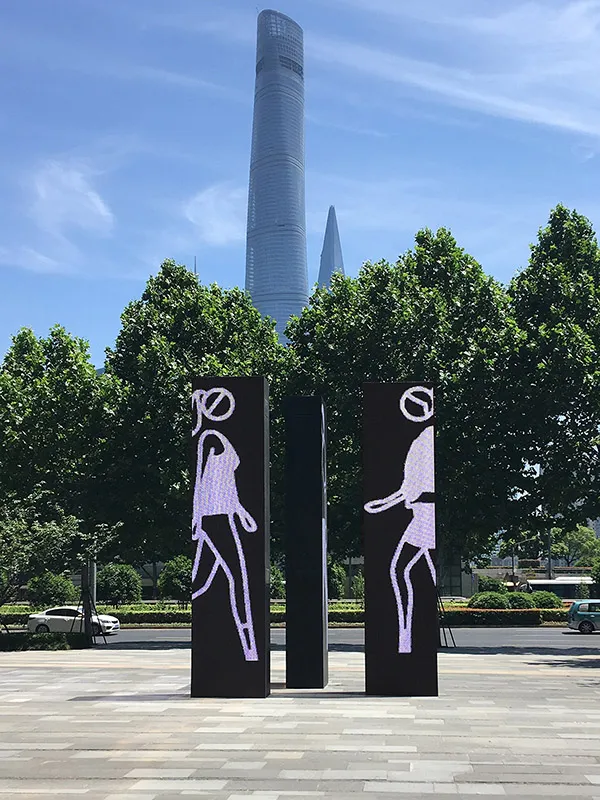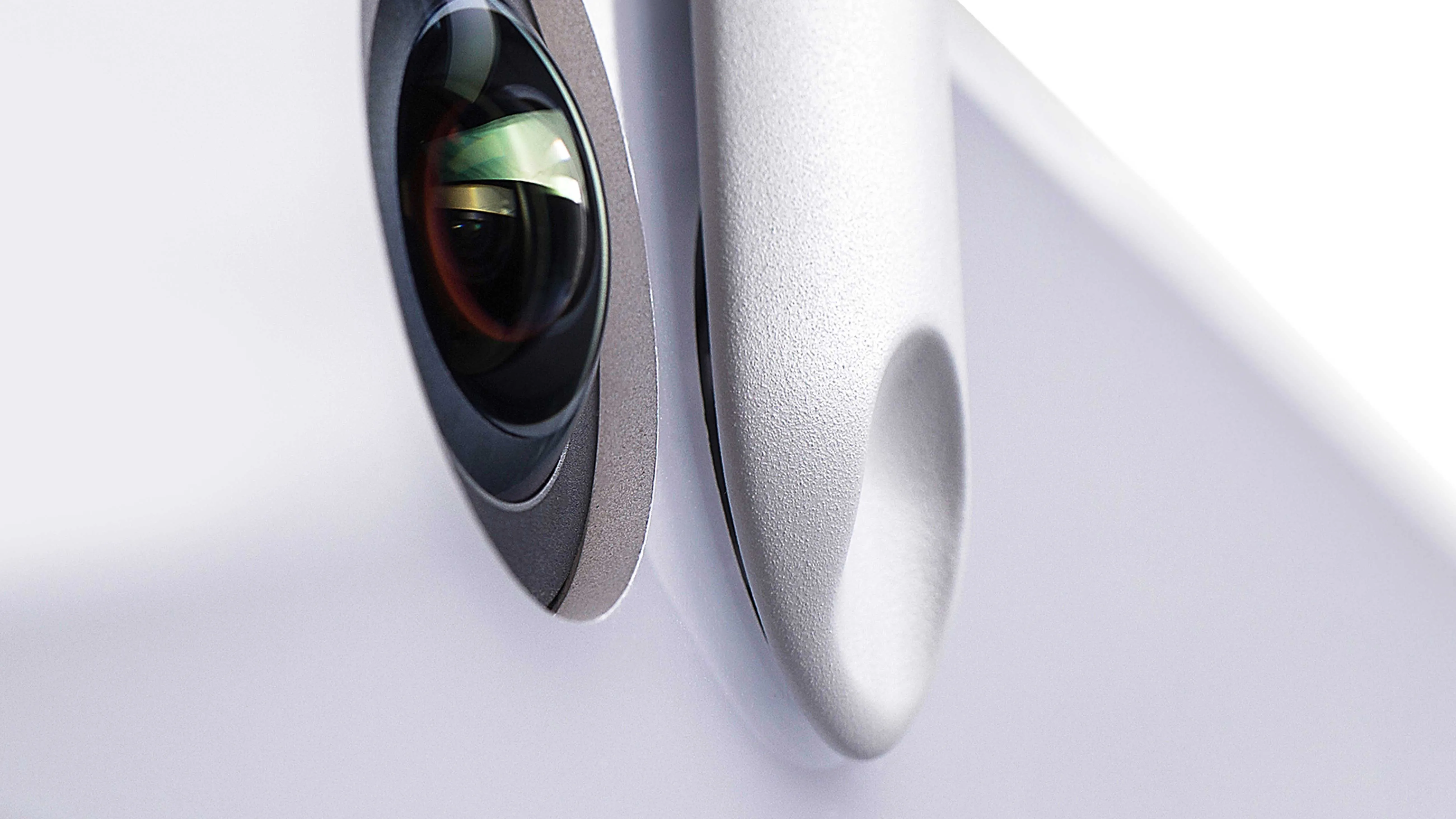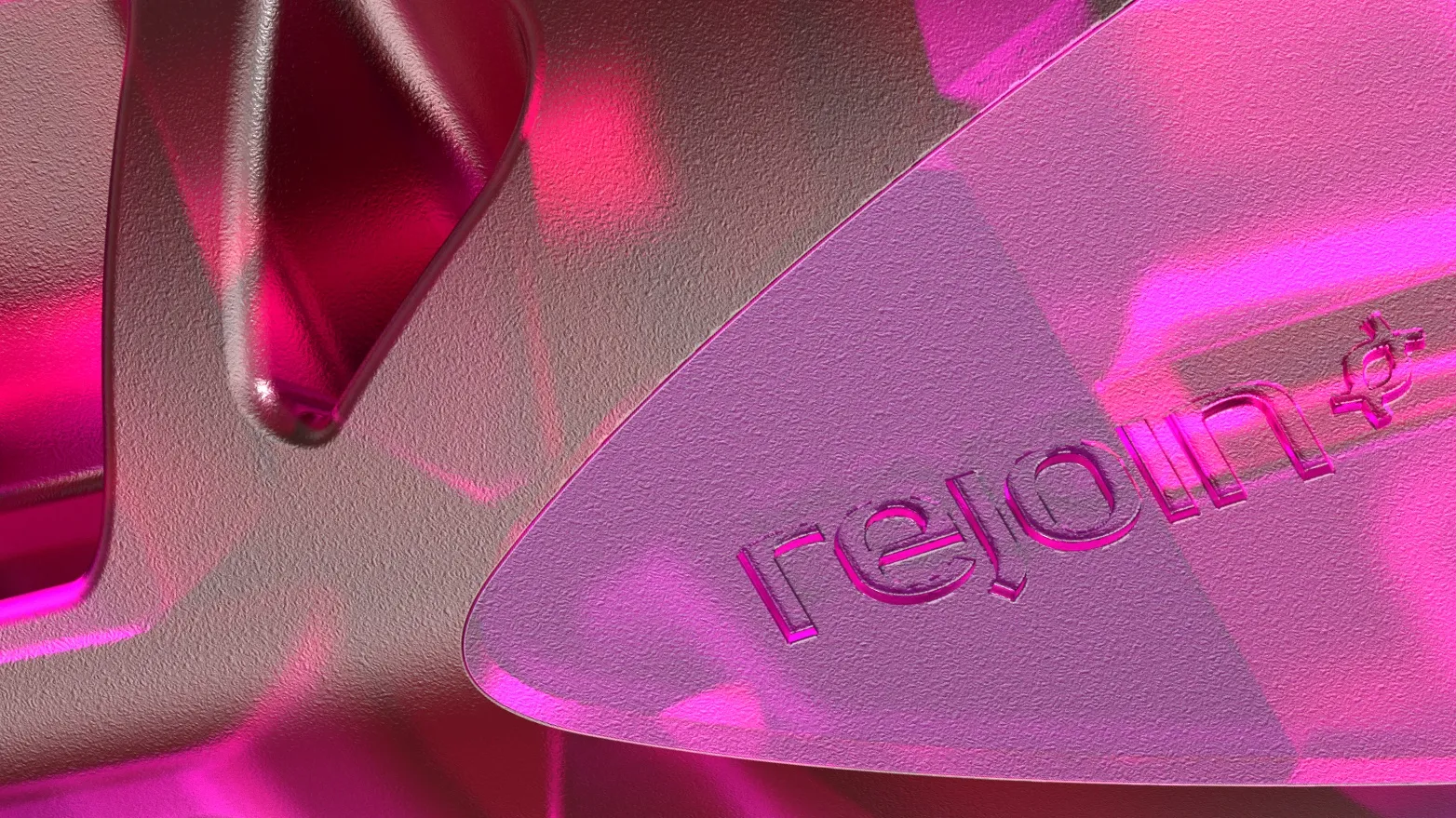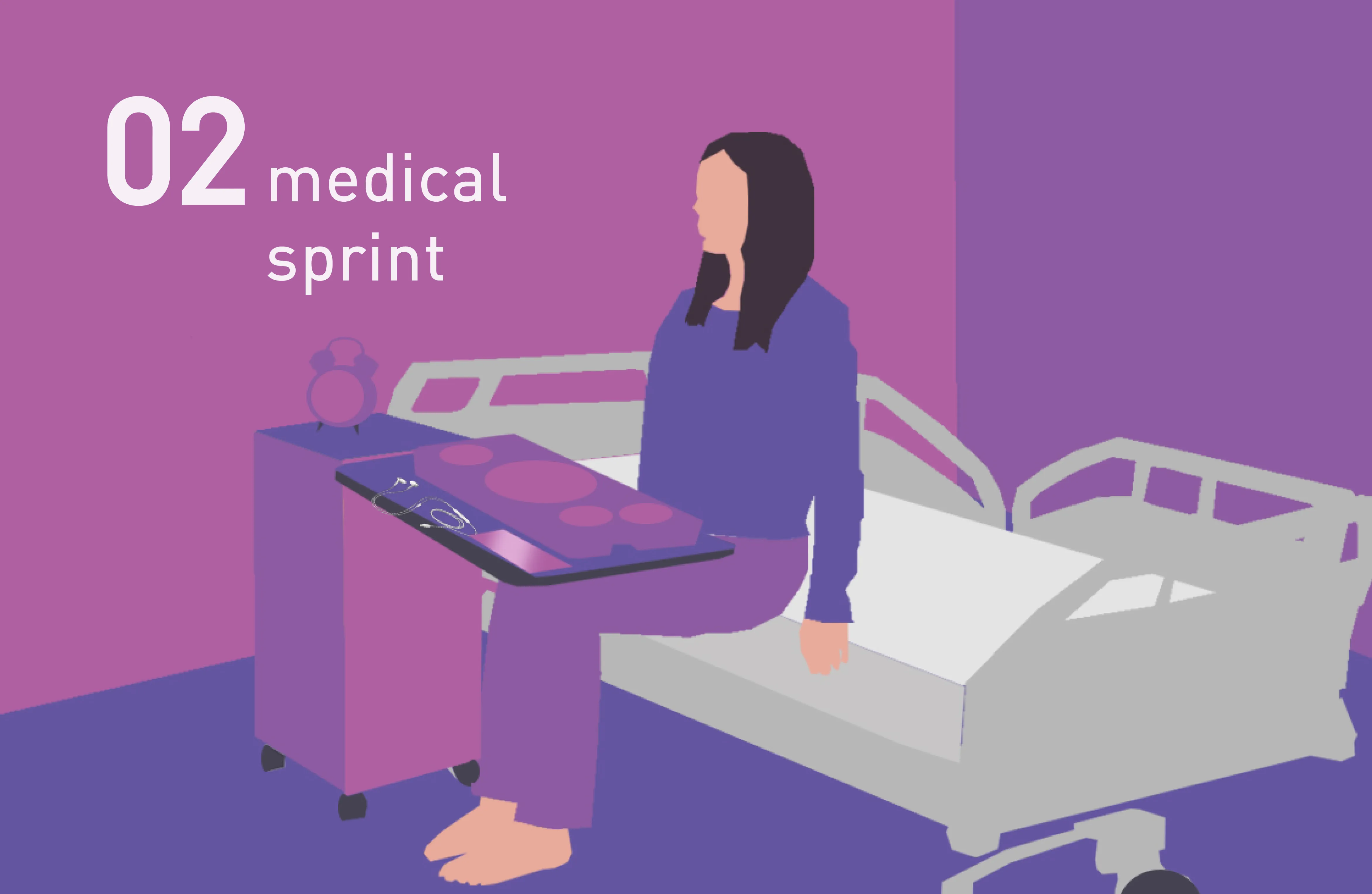Perspective
Where is the best design made?
What is the design like in China? Or in Japan? Or India? Isn't it much more imaginative than here at home? They have completely different colors there, don't they?
"I really love the German Design! It's so... straight." Bauhaus Weimar, Bauhaus Dessau, Braun, Siemens ... Bi-Em-Dabbelju. You hear it quite often, in Europe as well as in Asia.
People are naturally curious about everything foreign. On both sides. The design factor is ascribed a kind of national identity, culture, language and shared history. German design is angular, French design is curved, in Italy people love elegant surfaces and in Denmark and Sweden, design is somehow oriented towards the new German word user.
Different countries, different design?
That may all have been the case in the past, but these boundaries have long since dissolved. Our office in Shanghai is the best example of this, or do you think that otherwise in a small team Germans, French, Italians, Danes, Swedes and a few other nationalities could get along in a small team, let alone work together purposefully?
As different as the cultures on our globe are, as colorful the people, as different the breakfast - design is the modern language that connects everyone and everything.

We investigated this in our WILDCARDS. In our first attempt, we looked at Germany and China. The small and large differences provide valuable food for thought and in most cases they also unleash creativity for new design solutions.
In Rome, do as the Romans do.
While it is generally assumed that designers in Sweden also design in Swedish, it can be seen that the Swedes are warming to other design influences without need, because their own identity is basically boring. Of course, as a German designer you can decide to become a "typical" German designer. Internationally, you can earn a lot of money with this image. But it's really nothing new.
And that's what design is all about: something new.
Traveling educates...
... and that's how it is in design too. That's why we push our interns straight into the cold water of the cruel designer reality in Gelsenkirchen: having just acclimatized for 1-2 hours, they immediately have to take part in neurosurgery and branding. And it's hard to believe - they can do it. Regardless of whether they come from India, France, Korea, China, Australia or Dubai. Regardless of whether they have a technical background or come from an art school. Training as a designer is like a ticket to a global club. A cool society that has now established itself all over the world - you can find a design community in practically every city.

This doesn't work so well because everything in design is so simple and the barriers to entry are so low. No. Design requires a good education and the development of a personal signature. But design is also a global way of thinking that has become its own language through openness to impulses, innovation and personality. A creative language of the younger generation. As a designer, you can actually start anywhere. A solid skillset and a good level of English are enough to get you started.
Join in.
Isn't it remarkable that a 22-year-old girl from China arrives in Gelsenkirchen and barely needs 22 minutes to understand the task and the associated challenge and immediately starts drawing diligently? What other profession can do that? Against this background, design can actually be classified as a fine and performing art. Pick up an instrument and play along.
It's no longer about a narrow, traditional design approach a la "German Design". If that were the case, we would of course have to train every "newcomer and stranger" in local design language and painstakingly learn the basics. Design is an open form of collaboration, open to differences, open to points of view. And:
Design benefits enormously from the stimulus.
This is the biggest difference to the other modern world languages, in which everyone seems to be able to communicate immediately: Money, cars and engineering. Can you imagine investment bankers who find colleagues from the other side of the globe stimulating? Or engineers? The cultural, artistic element is simply missing. Design has that in common with theater, dance, music and the visual arts. But unlike these arts, design today is a discipline that is mentioned first and foremost when it comes to ensuring economic success around the globe.
Good times for designers. And high time for all those who don't want to budge. To come back to the initial question, where is the best design made?
Everywhere and nowhere - and of course at our two locations in Shanghai and Gelsenkirchen.
Frequently asked questions




